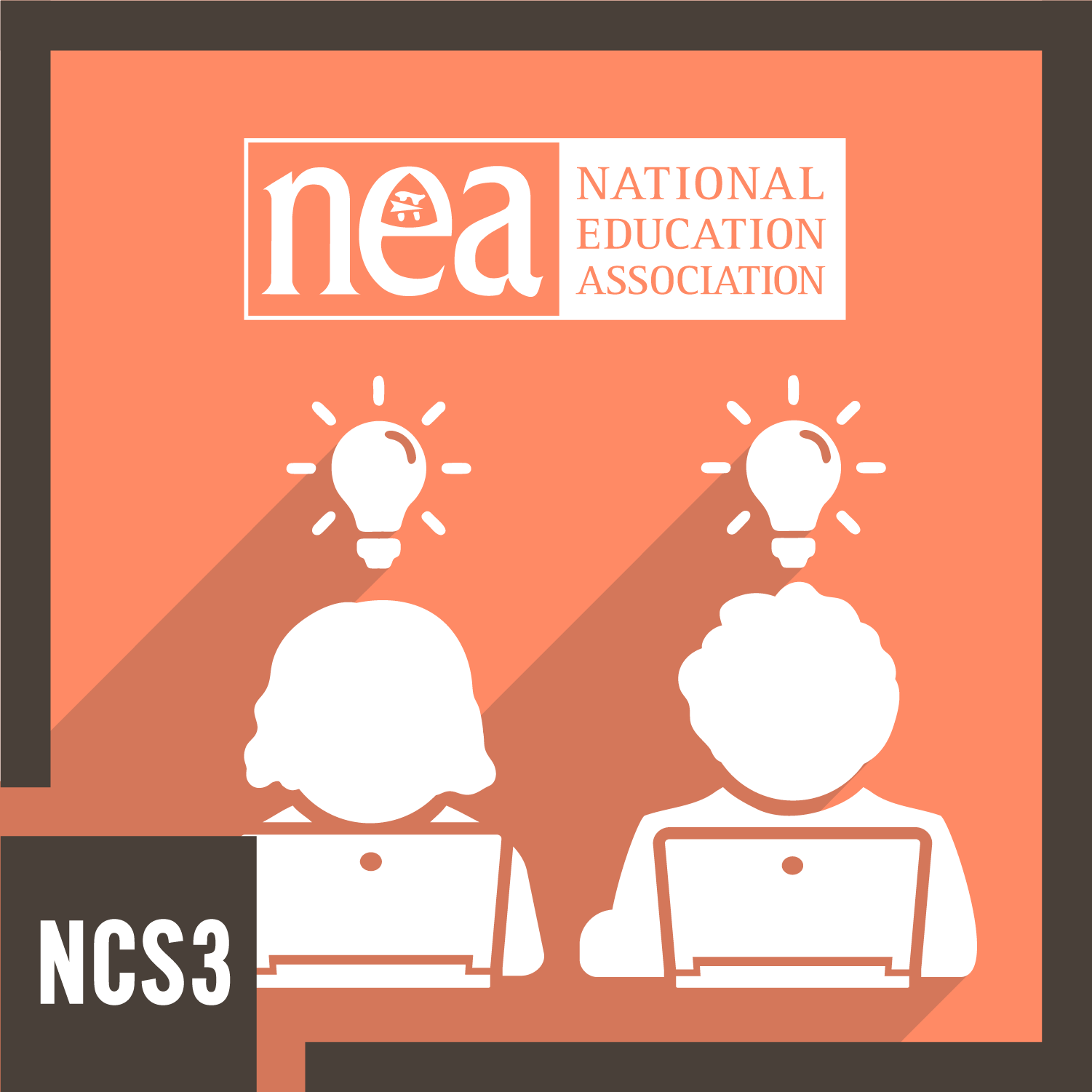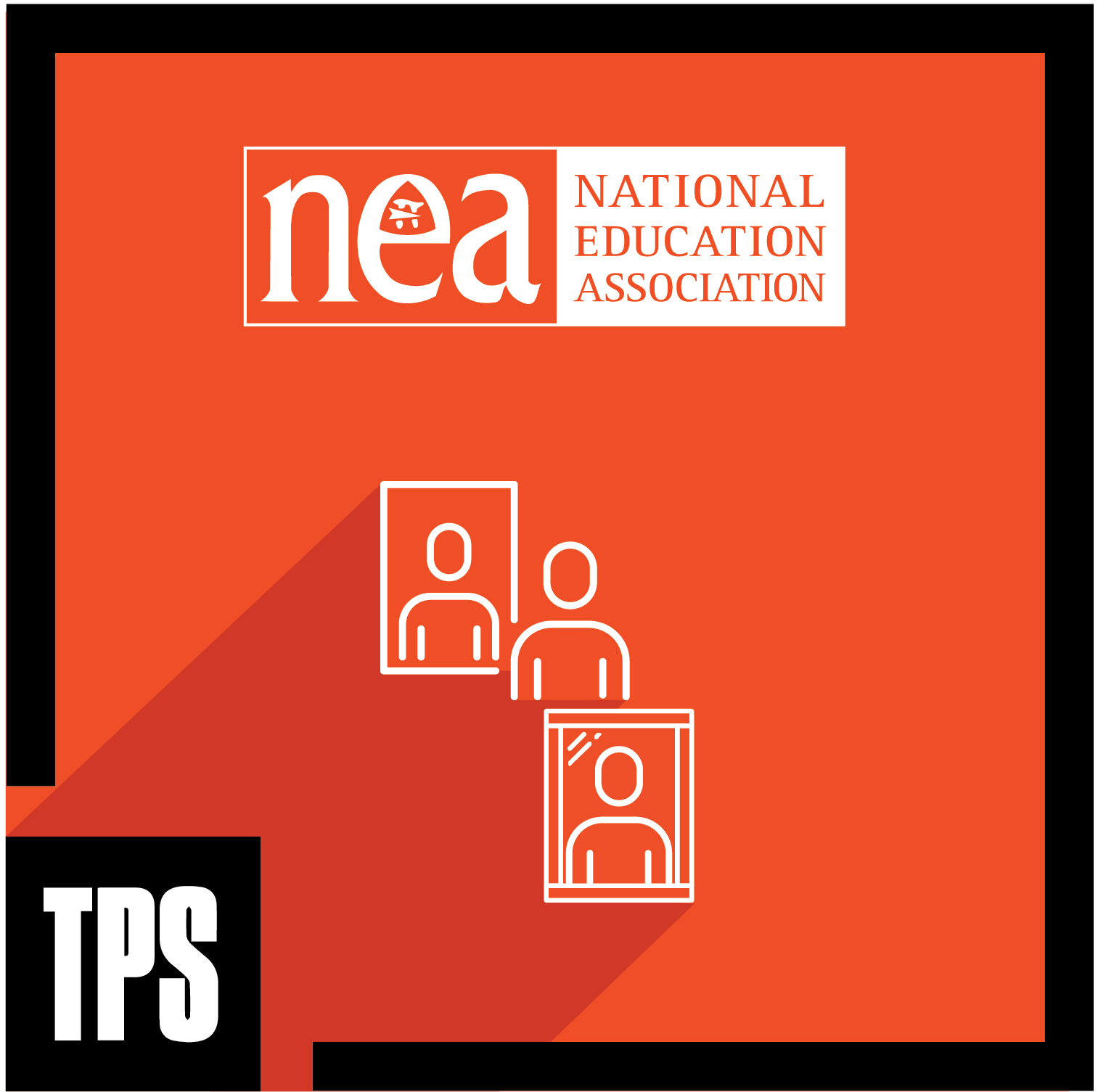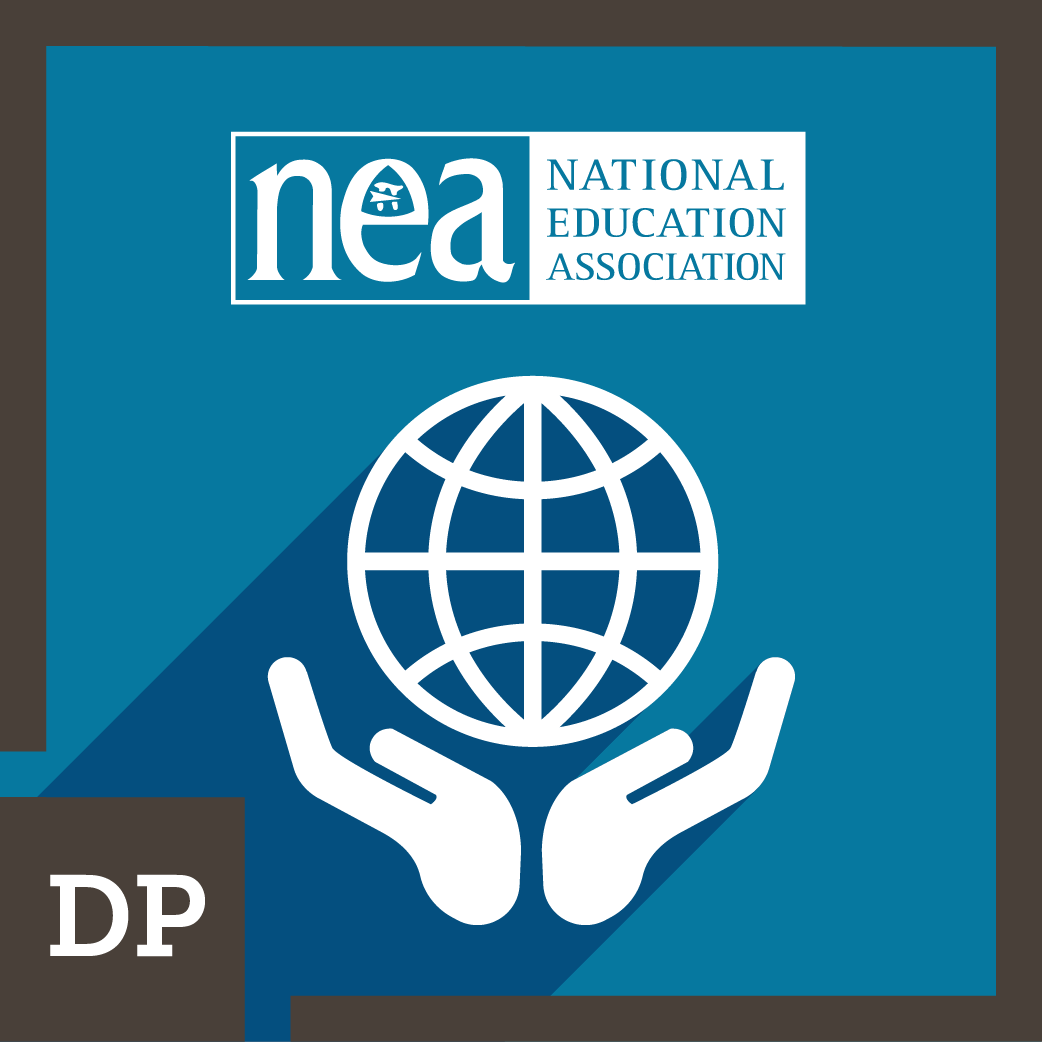
| Climate Change & Environmental Justice: 3. Mitigating Climate Change
Educators will understand the key drivers of greenhouse gas emissions in the K-12 education system and take action to reduce the environmental impact on their school community. Types of Evidence Required Educators will connect the key drivers of greenhouse gas emissions to an action they can take in their classroom or building and create both a detailed action plan and a presentation that will serve as a call to action for their students and/or school community.
View PDF | Start | NEA_CLIM3 | Equity in Education | 3. Mitigating Climate Change |

| Diversity, Equity, and Cultural Competence: 5. Creating a Safe and Equitable Learning Environment
Educators will identify and implement key policy, and culturally-competent practices that lead to safe and equitable learning environments for students.
Types of Evidence Required: School climate survey, analysis, and action plan
View PDF | Start | NEA_DEC5 | Equity in Education | 5. Creating a Safe and Equitable Learning Environment |

| Teaching with Primary Sources: Culturally Relevant Pedagogy with Primary Sources
Educator uses primary sources and inquiry strategies to craft culturally relevant instruction.
Key Method: Educator develops and analyzes a lesson that incorporates the three tenets of culturally relevant pedagogy with primary sources.
View PDF | Start | NEA_TPS3 | Equity in Education | Culturally Relevant Pedagogy with Primary Sources |

| Arts Integration: Culturally Responsive Art Instruction
Educator honors the presence of student diversity by incorporating culturally responsive arts instruction and/or integration.
Types of Evidence Required: Document, PDF
View PDF | Start | NEA_AICR | Equity in Education | Culturally Responsive Art Instruction |